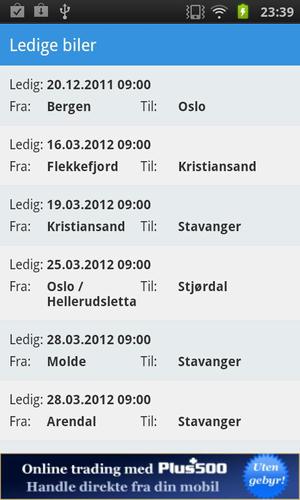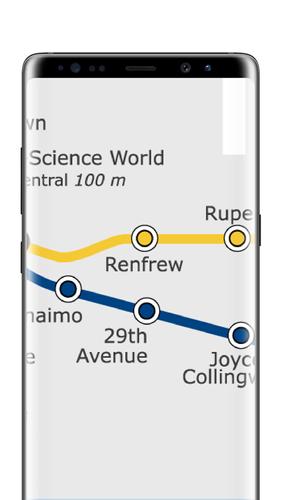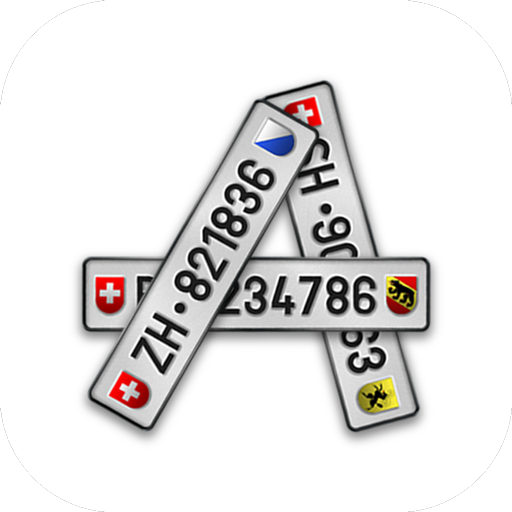Module Engine With All the Details of the Engine Cycle Times
Module of the heat engine with all details the engine cycle times
The heat engine
Definition
Functional analysis
Structural analysis
Internal engine characteristics
Unit displacement
4 -stroke cycle of an ignition engine ordered
Description of the thermodynamic cycle
1st time: admission
2nd time: compression
3rd time: Relaxation combustion
4th time: exhaust
Characteristics of an internal combustion engine
Motor torque
The average couple
The power of an engine
Specific consumption of an engine
Quantification of physical phenomena
Game in internal combustion engines
Mass consumption of theoretical air of a 4 -stroke engine
Air / fuel ratio
Theoretical thermal power released by combustion
Volumetric yield
Combustion yield
Theoretical cycle thermal yield
Formal yield (real engine cycle)
Mechanical yield
Engine machine repair technician
diesel engine
breakdown
Admission: gas inertia increasing with the speed of
engine rotation is responsible for filling
incomplete cylinder.
Compression: compression is not adiabatic. Because
from heat communication to walls, pressure
Gas is slower than in adiabatic law.
Combustion: combustion of the air/petrol mixture is not
not instantaneous at the PMH hence a combustion zone
Rounded on the diagram.
Relaxation: the relaxation of burned gases is not adiabatic because
The gases give in part of their heat to the walls.
Exhaust: at the end of relaxation, the gas pressure is
significantly higher than atmospheric pressure.
Thermal engines transform heat into mechanical work intended to balance the work
resistant from a moving vehicle.
Ofppt
Automobile mechanics
mechanical
Auto mechanics
Automobile mechanics
automotive















